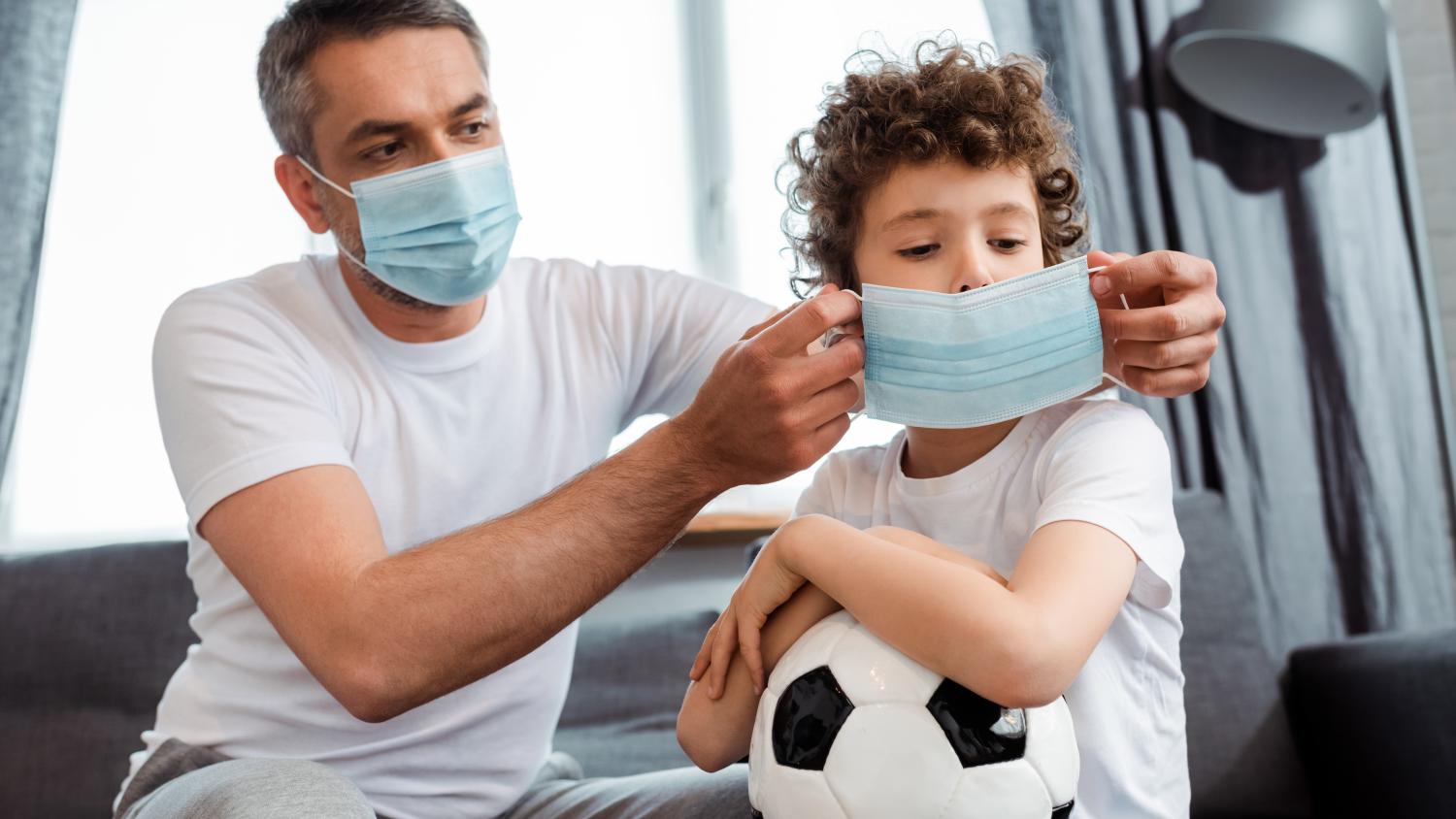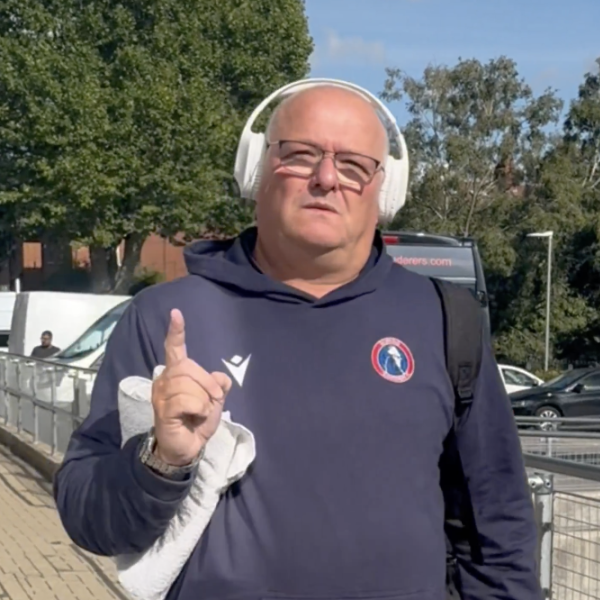With fall quickly approaching, schools and colleges aren’t the only organizations trying to figure out if and when it’s appropriate for young people to return to normal activities amidst the novel coronavirus pandemic. Soccer clubs across the country are asking themselves, is it safe to play youth soccer right now?
States around the country began opening up from lockdown over the last month or two, only to see huge spikes in cases of Covid-19 across the country, especially in southern states like Texas, Florida and Arizona, a few of the hotbeds for youth soccer in America.
But kids want to play soccer, and the argument goes that kids are less affected by Covid-19, so why not let them play?
Fortunately, there are resources available for every team to best determine when it is safe to play youth soccer in the U.S., which has been hit harder by Covid-19 than any other country.
Note: If you’re just looking for a simple Yes/No answer, then you won’t find it here and you probably shouldn’t be making any decisions for youth soccer teams. If you want a detailed answer that will actually require some comprehension, then please continue reading. See the end of the article for additional resources.
When Is It Safe To Play Youth Soccer?
When trying to figure out if it’s safe to play youth soccer, there can be an overwhelming number of factors and sources to out there to consider. What follows are mostly national guidelines, but it’s importantly to remember regions are different and some areas are dealing with the virus better than others. Above all else, soccer clubs should heed local and state guidelines before returning to the pitch.
With information available from U.S. Soccer, respected medical organizations and more, we’ll start with the Center for Disease Control, which has offered must-read principles to guide coaches and administrators of youth sports. The CDC released a risk-assessment for specific sports activities during the pandemic.
- Lowest Risk: Performing skill-building drills or conditioning at home, alone or with family members.
- Increasing Risk: Team-based practice.
- More Risk: Within-team competition.
- Even More Risk: Full competition between teams from the same local geographic area.
- Highest Risk: Full competition between teams from different geographic areas.
“The lowest level of risk in youth sports would be at home, practicing individual skills level drills,” said Dr. Grant Baldwin, co-leader of the CDC’s Community Interventions and At-Risk Task Force, COVID-19 Response. “The riskiest thing would be full competition, with no changes and no mitigation strategies implemented, and playing teams from different areas, in a travel team environment.”
Furthermore, the CDC said each sport varies in risk factors, such as the amount of contact between players and amount of touching shared equipment like balls and water bottles. The CDC also notes older players will be better able to follow any social distancing guidelines within play, and players who live with older family members (65-plus) might want to think twice about playing youth sports.
Regardless of risk, the CDC highly recommends the following: Staying at home when appropriate (if exhibiting symptoms), hand hygiene and respiratory etiquette (wash hands, don’t spit, cough into elbows), facial coverings as much as possible and having adequate supplies (personal water bottles, hand sanitizer, etc.).
But what about soccer? For the beautiful game in particular, the National Federation of State High School Associations lists soccer as a “moderate risk” during Covid-19. (The only sports listed as high risk are football, boys lacrosse, competitive cheer, dance and wrestling.) More specifically, the U.S. Soccer Federation has taken a leading role in detailing when and how youth soccer can safely resume.
U.S. Soccer provides detailed guidelines on best practices for clubs around the country with what it calls the Play On campaign, having released the final phases of Play On in July. The five-phase campaign, meant to inform and assist decision making, starts with Phase 0 (stay and shelter) and ends with Phase IV (no restrictions).
These phases are not meant to be decision-makers but a sequence to follow on the path to a full return to normal. Again, it all starts with local and state regulations for Phase 0 before moving on to the successive phases. Phase I should be adhered to for four to six weeks before moving on to Phase II for at least three to six weeks. Phase III is listed as indefinite, because there is no cure or vaccine yet for Covid-19. Each phase has its own set of guidelines that should be adhered to, such as not allowing headers or throw-ins while in Phase 1.
“While we’ve now released our full return-to-play guidelines, it’s important that everyone first follow local and state regulations before taking any steps forward,” U.S. Soccer Chief Medical Officer George Chiampas said. “Different areas of the country are at different phases, or even returning to previous phases, as the entire country continues to deal with coronavirus outbreaks. Clubs and teams should take a slow and methodical progression between phases to make sure that all participants will be as safe as possible.”
Additionally, Chiampas said it’s important to remember this isn’t a process that only moves forward.
“Regardless of which phase a club or team is operating in, everyone should be prepared to take a step back and revert to an earlier phase if needed,” Chiampas said. “This can be in response to increased risk, cluster outbreaks, updates to public health guidelines or an inability to safely maintain COVID-19 prevention and response protocols. It is important to remain vigilant and flexible as we prepare for every scenario. By prioritizing the safety of our soccer community, we can preserve the health of those around us and help ensure that our sport can remain a part of our lives at this time.”
U.S. Soccer also provides a slew of resources for coaches, players, parents, referees and administrators on its Play On website hub, including checklists and road maps. Coaches and administrators in particular should thoroughly read those resources. Additionally, U.S. Soccer wants everyone involved in youth soccer in the country to take the Play On pledge to follow the latest advice from medical experts. While this is a somewhat arbitrary, possibly unnecessary pledge, it can help remind everyone of their responsibilities to do their part in preventing the spread of Covid-19.
Is It Safe To Play Youth Soccer Right Now?
Ultimately, the answer to the question of is it safe to play youth soccer falls to the local and state levels, which vary wildly across the country. These sources know whether or not it is safe to play given the level of virus in the region. Check with local and state guidelines before proceeding with any sort of team activities, and if in doubt, err on the side of caution, because we still don’t know what long-term effects Covid-19 can have on children. As much as we’d all love to play soccer unimpeded, lives are at risk here, and proper precautions must be made.
Finally, it’s important to remember science is a process, so always check on the latest information available. For instance, the CDC didn’t initially recommend the wearing of masks, but now suggests all Americans where facial coverings in public. And again, don’t forget these phases can go backward if the virus flares up.
Above all, be safe, be smart and be vigilant. Covid-19 isn’t going anywhere anytime soon, so we’re all going to have to adjust accordingly.
 Home
Home




